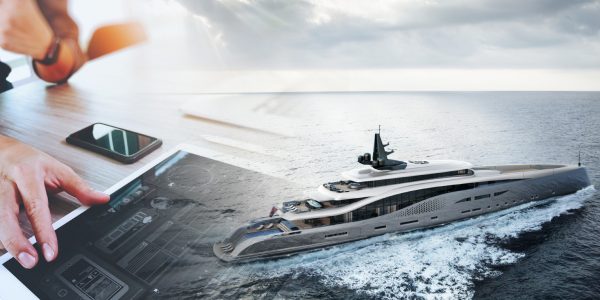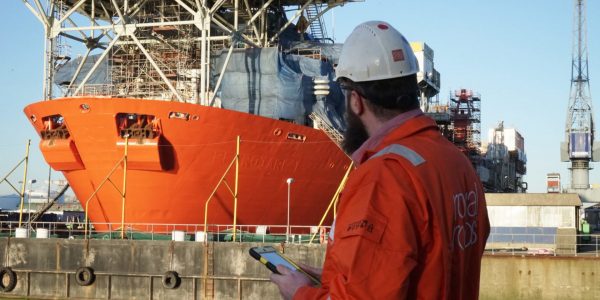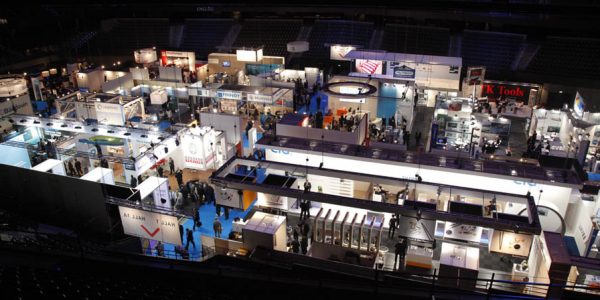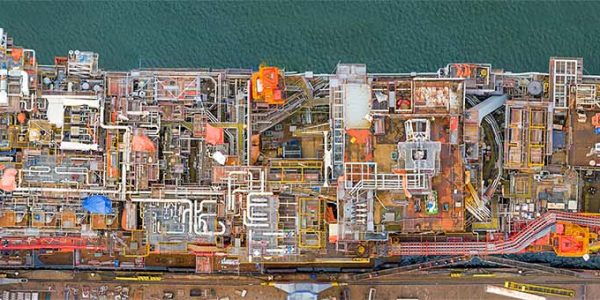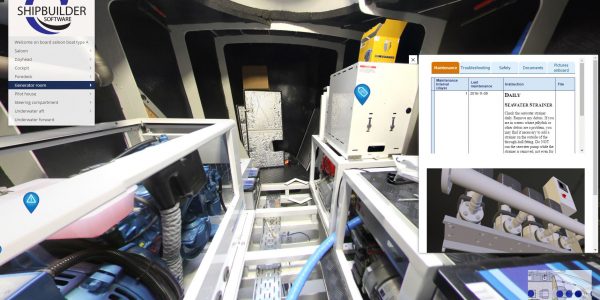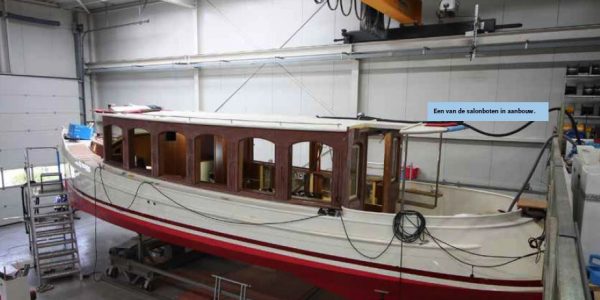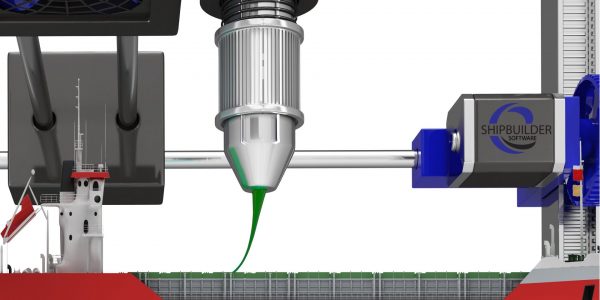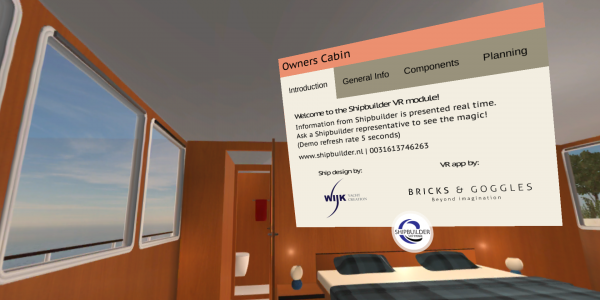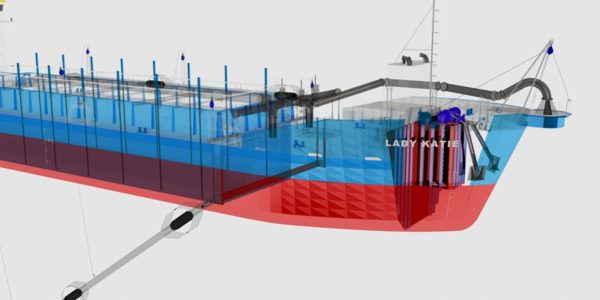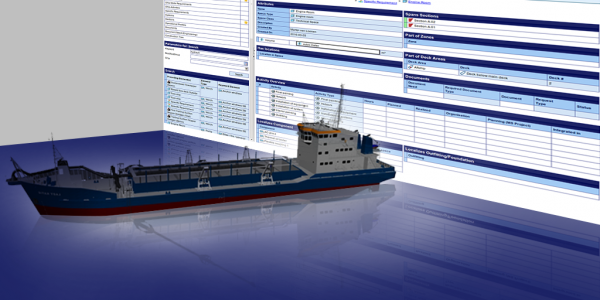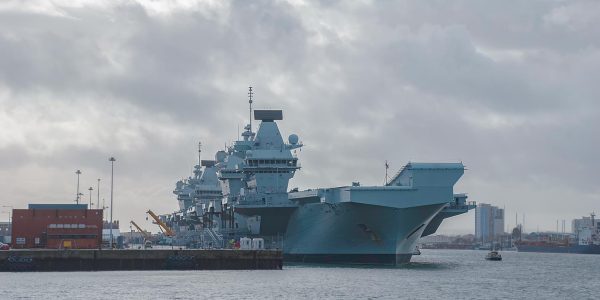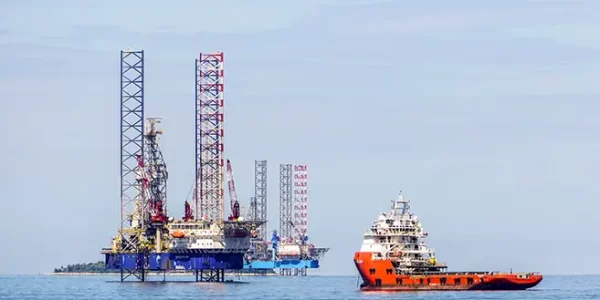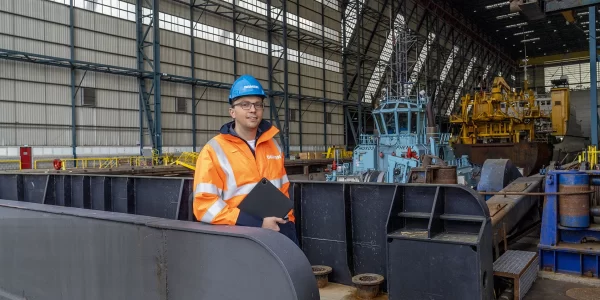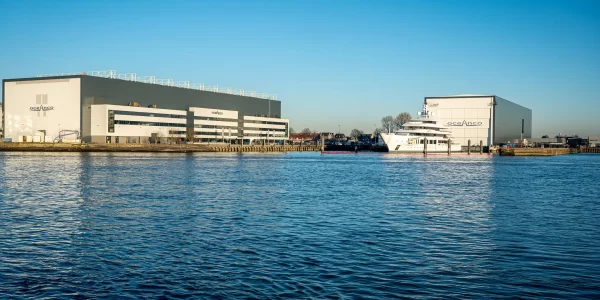Maritime model-based systems engineering has been an issue in the maritime sector busy for years. It seems to be a huge challenge to define a ship in mathematical formulas, while converting a ship into formulas is only the beginning of the complexity. A lot of maritime engineers find themselves stranded in a quagmire of results. Geert Schouten, director of Shipbuilder says, ‘We have lots of years of experience with model-based systems engineering. With our new tool we can translate the jumble of results into a complete, perfect ship design. Goodbye quagmire of results, hello innovative ship design.’ In this article, Geert takes you through the mathematical world of model-based systems engineering (MBSE) and points out how you can deploy this method successfully.
Manual calculations? Not a good idea!
Geert: ‘A ship is a complex object because everything is interconnected. That is why it takes three to four weeks to calculate a ship’s design manually. Really everything needs to be calculated by the engineers. One single change in the requirements of a ship immediately results in days of making new calculations using the well-known design spiral, and errors are lurking.
To reduce risks, some maritime companies use the Systems Engineering methodology. This method links the requirements of a ship to standard calculation models, so that risks are reduced. As an engineer, you do not need to reinvent the wheel for example, for a crane or winch. However, those are separate calculations. And interconnecting all calculations requires a lot of the maritime engineer’s smart brain.’
Maritime Model-Based Systems Engineering in the maritime sector at present
‘Therefore, more and more maritime companies are starting with maritime model-based systems engineering which allows you to convert the entire design of a ship in a mathematical algorithm. The advantage of it is that when the requirements of a ship change, the calculations are made much faster. However, there is a drawback to developing a ship design with MBSE: based on the requirements, an engineer easily gets 10 to 20 results, which are the configuration options of a ship, but which one is the right option, since they all meet the requirements of the ship?
And from here on many maritime companies get more and more entangled in the maze of results. Based on one or two parameters, it is determined which outcome of the model will be the best basis for the design. Understandable, of course, as it takes an incredible amount of math for an engineer to link the MBSE results to one parameter, let alone 10, 20 or 30 parameters. If your head is spinning, I understand. So, let me give you an example.’
Maritime Model-Based Systems Engineering: Goodbye to advantages
‘Imagine you want to design a dredger as a maritime engineer. You enter all requirements into the maritime model-based systems engineering system and you get 20 ship configurations. Which one is the best? How do you assess that? What happens next is often dramatic for the outcome. In fact, for the entire maritime industry. For example, it is determined that the parameter ‘cheapest per cubic meter of dredging’ must be leading in the final design. But you cannot design a successful ship based upon only one parameter. Have you ever heard stories from the maritime sector that a ship couldn’t dredge sand because the model was designed for dredging clay? Those errors can be traced back to this.
Because equally important for a dredger are the conditions in which it must work, the sustainability parameters, the CAPEX and OPEX and I could go on and on. Why are all these parameters not included? The answer is simple: it is already quite difficult to apply 1 parameter to your MBSE design, let alone 10, 20 or 30 parameters. No matter how smart the human brain is, nobody can apply 30 parameters to a highly complex design.’
Maximum use of benefits of MBSE
‘That‘s right, no one can do that, but Shipbuilder Software can. We have developed a powerful tool with which you can calculate the maritime model-based systems engineering results, based upon all your parameters, for the perfect design. The results are impressive: the engineers get a top 3 of designs. Our software also shows how the top 3 came about and what the advantage of each top three result is. And that’s not all. Because this tool runs on an artificial intelligence engine, the results of your designs become more and more refined.
And the engineer no longer needs to make the boring, intense calculations. Instead, he or she can focus on the further development of innovations at which humans are much better than software. A win-win, because innovations are succeeding each other faster and faster, and the designs are getting better and better. We are close to perfection.’
Maritime model-based systems engineering video
In this video, Geert Schouten (Director) and Cees Verkerk (Marketing & Communications Manager) explain how MBSE can be successfully applied to maritime projects.
Looking for other articles to help you excel in your maritime projects? Click here for an overview.
This article was also published here:
–Netherlands Maritime Technology
–Nederland Maritiem Land





